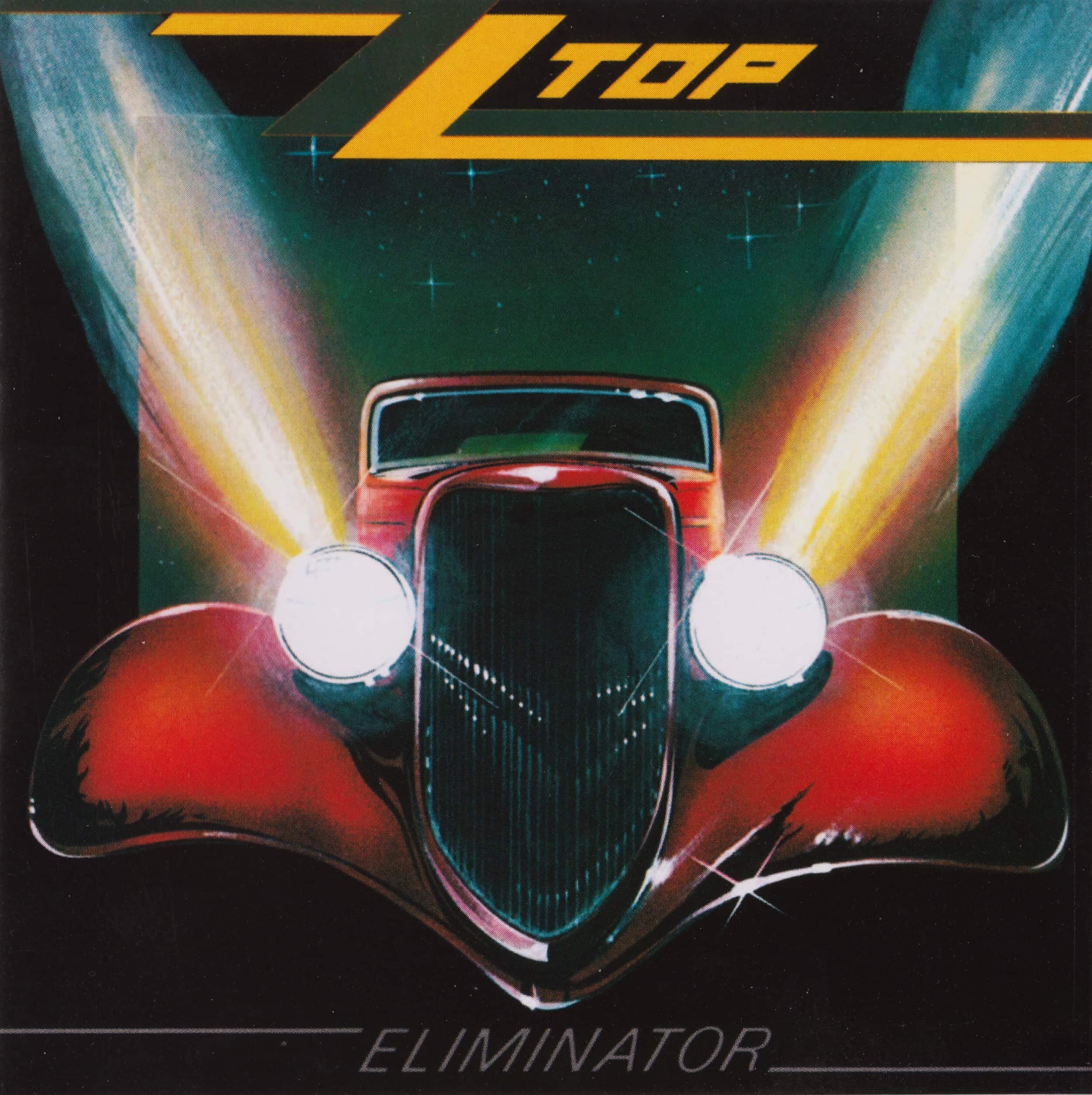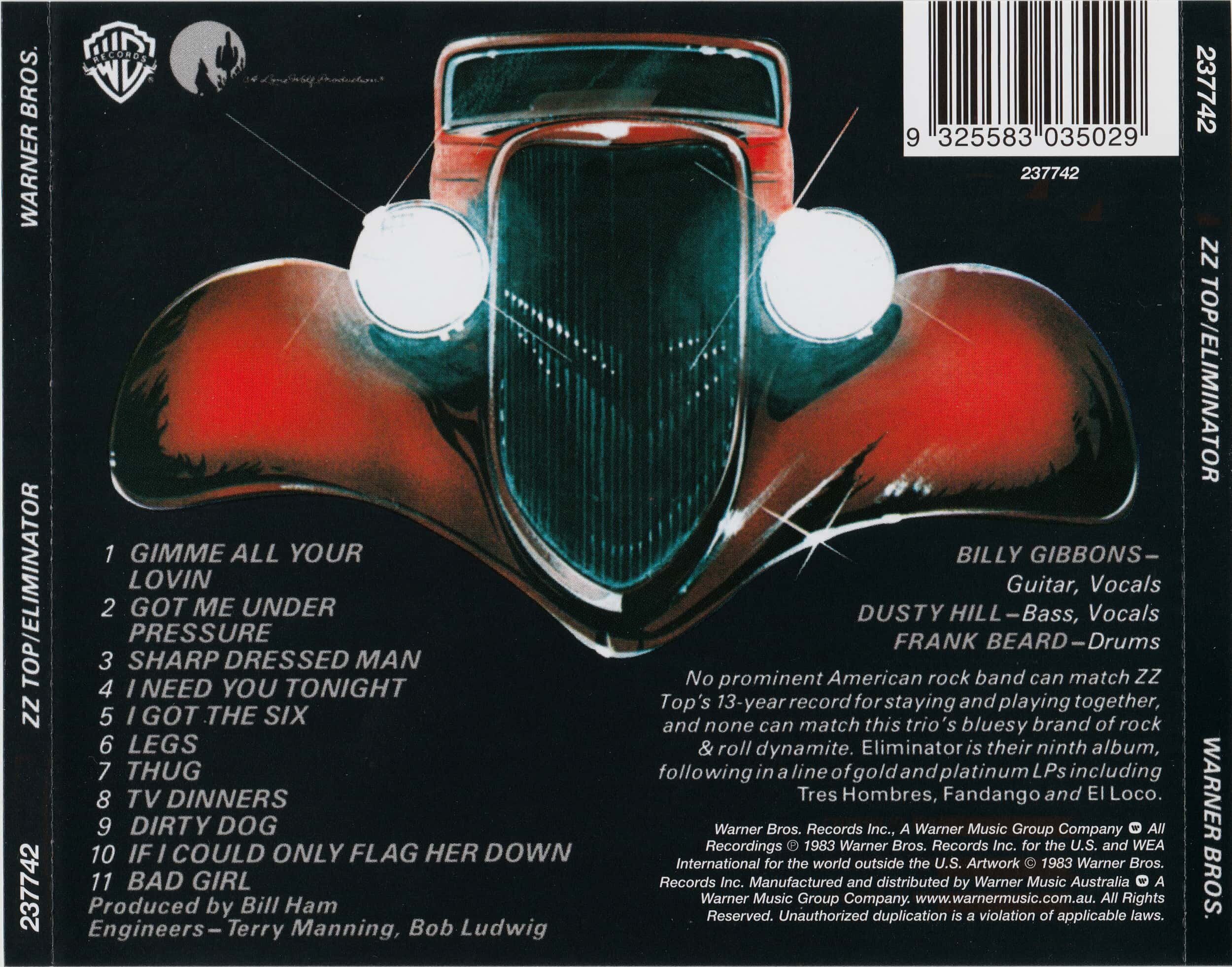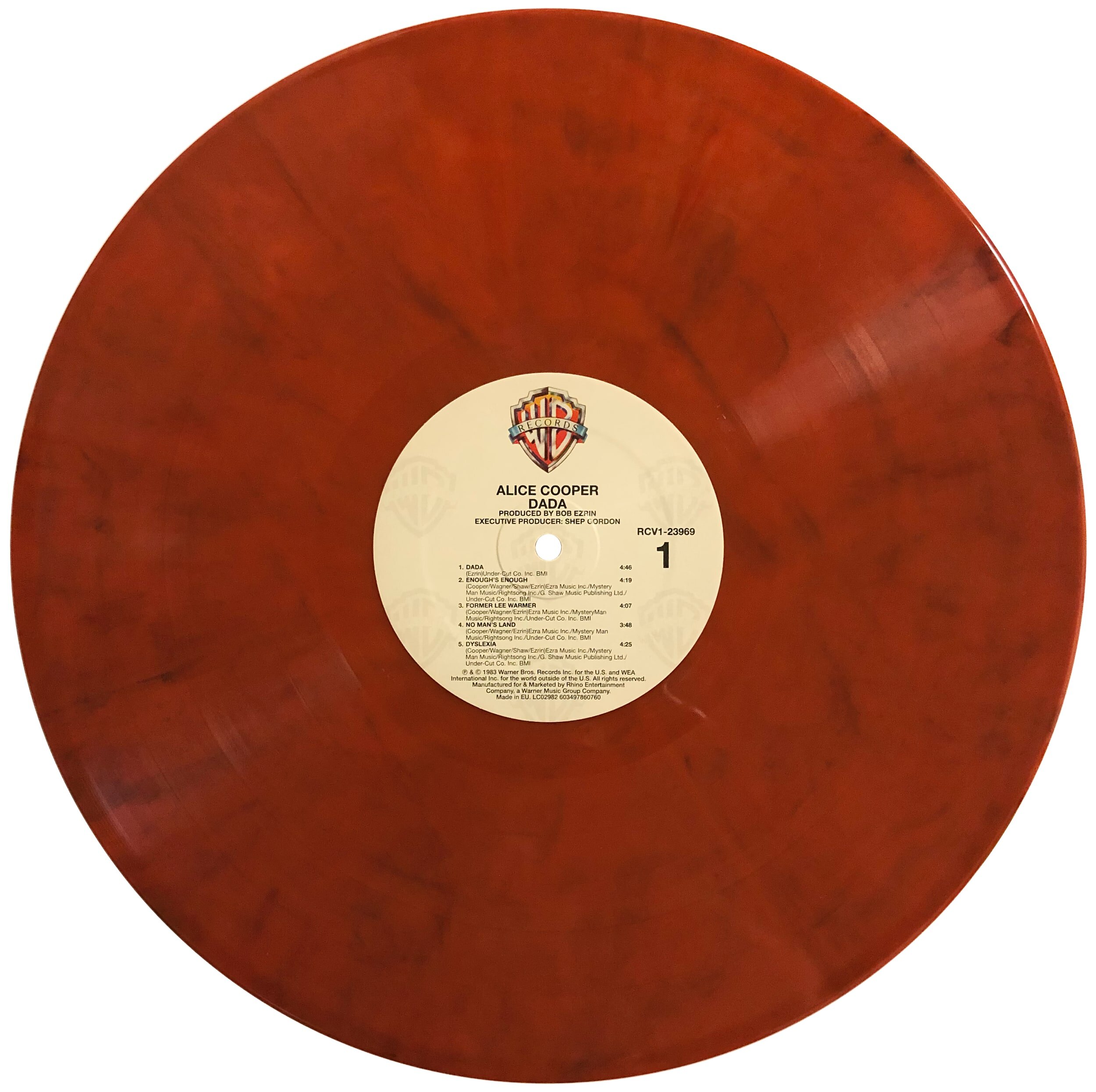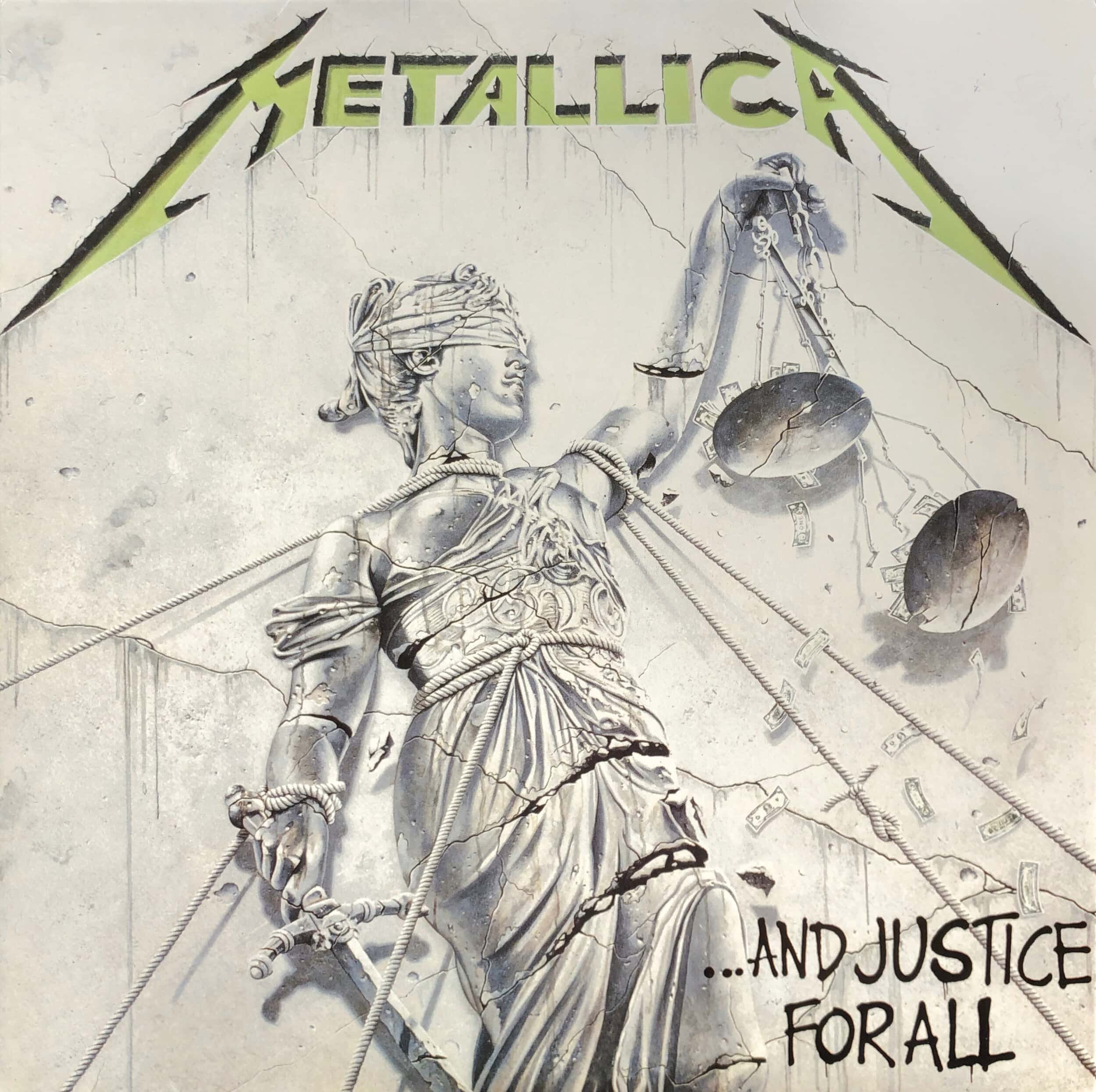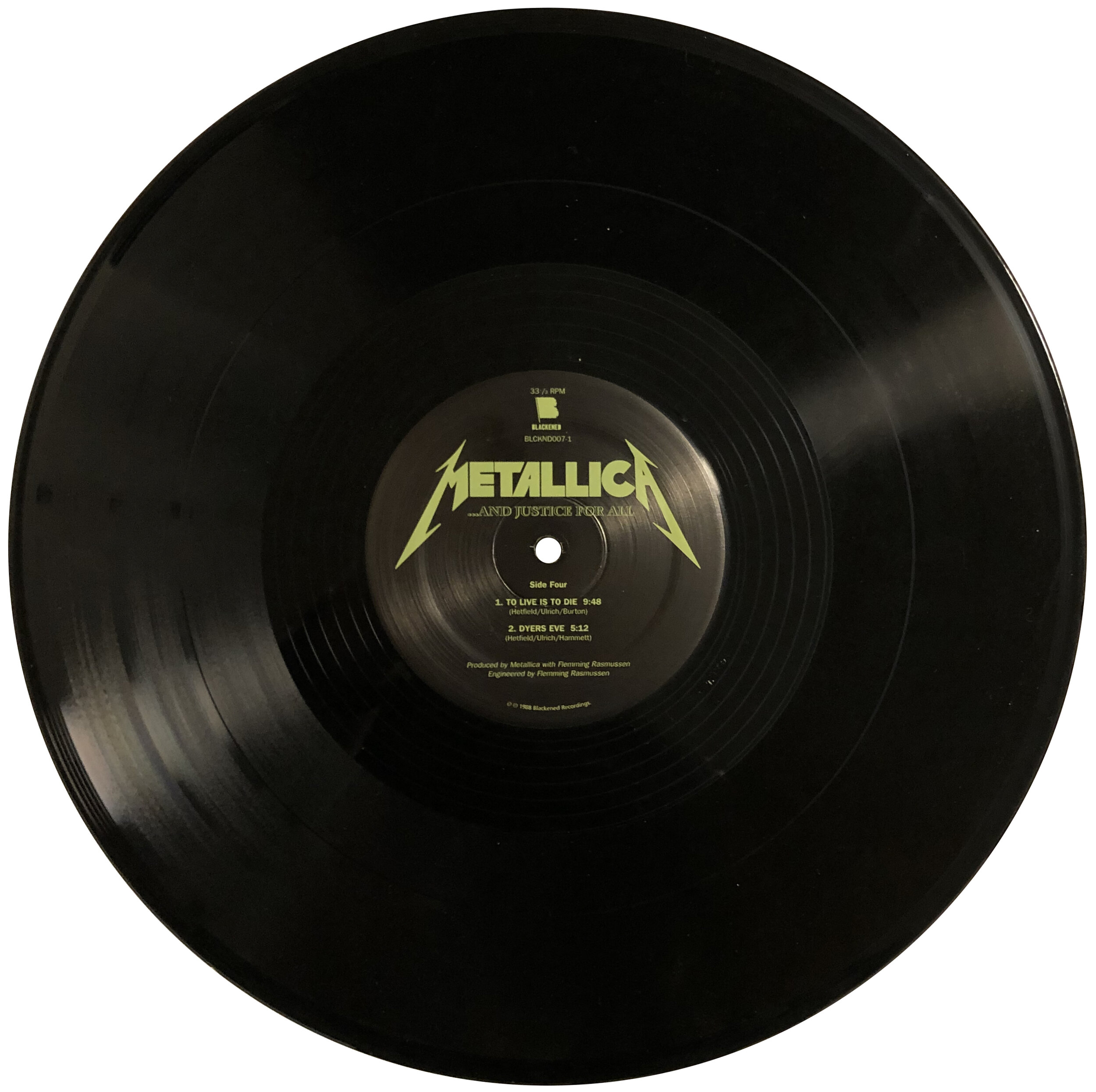Flowers would soon become Icehouse and the rest, as they say, is history!
Released in 1980, Icehouse catapulted Flowers to the top of the Australian and New Zealand charts with songs that have forever become part of the social consciousness. With their unique New Wave feel, songs such as Can’t Help Myself, We Can Get Together, and Walls would ensure Flowers, and later Icehouse, had a body of work to build upon ultimately culminating in the highly successful, Man Of Colours.
Not only has Icehouse returned to the live touring circuit but the humble record is also experiencing a renaissance and Icehouse was thankfully reissued on the format despite Davies’ disinterest in vinyl. Printed on a textured print stock, Icehouse is one vinyl record that you’ll appreciate holding as the music plays, for the tactile nature of the material used ensures a greater connection to the artwork. It’s as if you’ve been allowed to hold a painting, touch the brushstrokes, and generally appreciate it in a manner that can’t be easily expressed. The gatefold layout is also greatly appreciated as it mimics the original Regular Records release. Nothing is missing for it’s a perfect replica and the attention to detail can’t be understated.
Physical media fans will rejoice as there’s also a double CD/DVD 30th Anniversary edition that has been released that mimics the design and layout of the vinyl counterpart. It’s stunning and was in my collection before moving away from the format to focus on and embrace my vinyl collection. Streamers, however, miss out on the visual component; a problem that I’d like to see corrected with the release of a Visual Album.
As it pertains to the sonic quality, one thing that’s been widely applicable to Icehouse is that their records, regardless of format or mastering, have often been exceptional. While not an Apple Digital Master, the lossless Apple Music stream is on par with what I remember the CD/DVD edition sounding like. The vinyl mastering, I believe, is from the same 2011 Steve Smart (Studio 301 Mastering) sessions that the 30th Anniversary (2CD+DVD) reissue is based on, meaning that you can thoroughly appreciate Icehouse regardless of format and mastering concerns. That said, purists will lament a digital master being pressed to vinyl, but that is their loss for Icehouse has never sounded better with an immersive soundstage, exceptional detail retrieval, and a warm analog sound that draws so many of us to the format. There’s an increase in both high-end and low-end frequencies and bass notes are more three-dimensional when compared directly to the digital counterpart. That, of course, isn’t to suggest that the digital editions are compromised in any way, for they also sound magnificent, but it is merely an acknowledgement that the vinyl reissue offers a slightly more refined sound. This 2017 vinyl pressing is also extremely quiet and kudos needs to be given to Universal Music for manufacturing a record that Icehouse fans can be proud of.
Subsequently, while the Apple Music stream presents the album as a double CD equivalent, with bonus tracks exclusive to the digital releases, this review will focus on the core 11-track release; just as it was originally released in 1980 when Flowers captivated audiences across Australia and New Zealand.
SIDE 1
Icehouse has one of the most immersive introductions you’re ever likely to hear on a debut album. The theatrical entrance continues throughout the entirety of the song as an undercurrent that pulls you into the eerie soundstage and won’t let you escape. It’s an experience in and of itself!
We Can Get Together is one of the band’s most identifiable songs. The presentation is incredibly basic, yet complex. I know I’m contradicting myself, but as predictable as the song is, it isn’t until you sit and listen that you can appreciate the intricate layering of sonic elements. Truth be told, this could be said about their entire catalogue and is likely a core reason why I’ve been a lifelong fan of the band.
Fatman is straight-up New Wave rock and roll with a touch of blues; I love it!
Sister is one of my favourite songs of all time. Davies’ vocals, mixed with the electric keyboard and incredible guitar tuning, make this song truly memorable. Even the mid-song instrumental interlude is exceptional and shows a level of musicality that is normally absent from debut recordings. Admittedly, Davies had classical music training and Flowers was a pub act well before the release of Icehouse, but the quality presented on this first showing never ceases to amaze me.
Walls returns to the, similarly, eerie sonic signature that was present on the title track. The vocal presentation is magnificent and adds depth and character to the song. In modern recordings, Autotune would be used to achieve this effect, but that wasn’t available at the time of this recording and I’d love to know exactly what vocal compression technique was used during the production of the song.
SIDE 2
Can’t Help Myself, in production terms, is one of the rawest songs on the album. It’s straight-up New Wave rock and while the drum beat is akin to a click track for the mind, the guitar interlude is simply gorgeous.
Skin has an intricate composition. The drum beat, guitar riffs, and synth additions make Skin incredibly addictive and the sound layering ensures that the listener, upon each play, will appreciate newfound elements in the song.
Sons slows the tempo of the album with a bold sound and beautiful soundstage. It isn’t my favourite song, but the album wouldn’t be the same without it and I would be lying if I didn’t say that it grows on you the more you listen to it.
Boulevarde has a killer guitar riff that introduces the song, although I simultaneously feel that it is too drawn out. It very well could have been an instrumental track, but after the initial jolt, when the lyrical component enters the mix, the song settles and becomes a killer rock tune with some incredible guitar soloing to close it out.
Nothing To Do has a beautiful bass introduction. Seriously, the bass guitar is an under-utilised instrument in many recordings. While we all know the bass guitar sound, we rarely hear it represented as well-defined as it is in the introduction of Nothing To Do. Overall, Nothing To Do is rather eclectic with numerous musical influences. If nothing else, it’s certainly unique.
Not My Kind is the perfect closing bookend with a driving rhythm and raw rock sound that you’ll either love or loathe. It’s important to note that it’s a little too shrill on the digital editions whereas the vinyl reissue rounds out the sound thereby making it more compelling and encouraging the listener to flip the record back to Side One.
While technically still a Flowers album, I consider Icehouse to be the band and while it can certainly be a little confusing for new fans, Icehouse is one of those must-own albums as it has become a classic record of the Australian 80s music scene. If I had such a list, Icehouse would most certainly be regarded as one of the greatest debuts of all time but for the time being, it will certainly make its way to the upcoming Best Albums List Of 1980 as there isn’t a bad song to be heard on this release.















